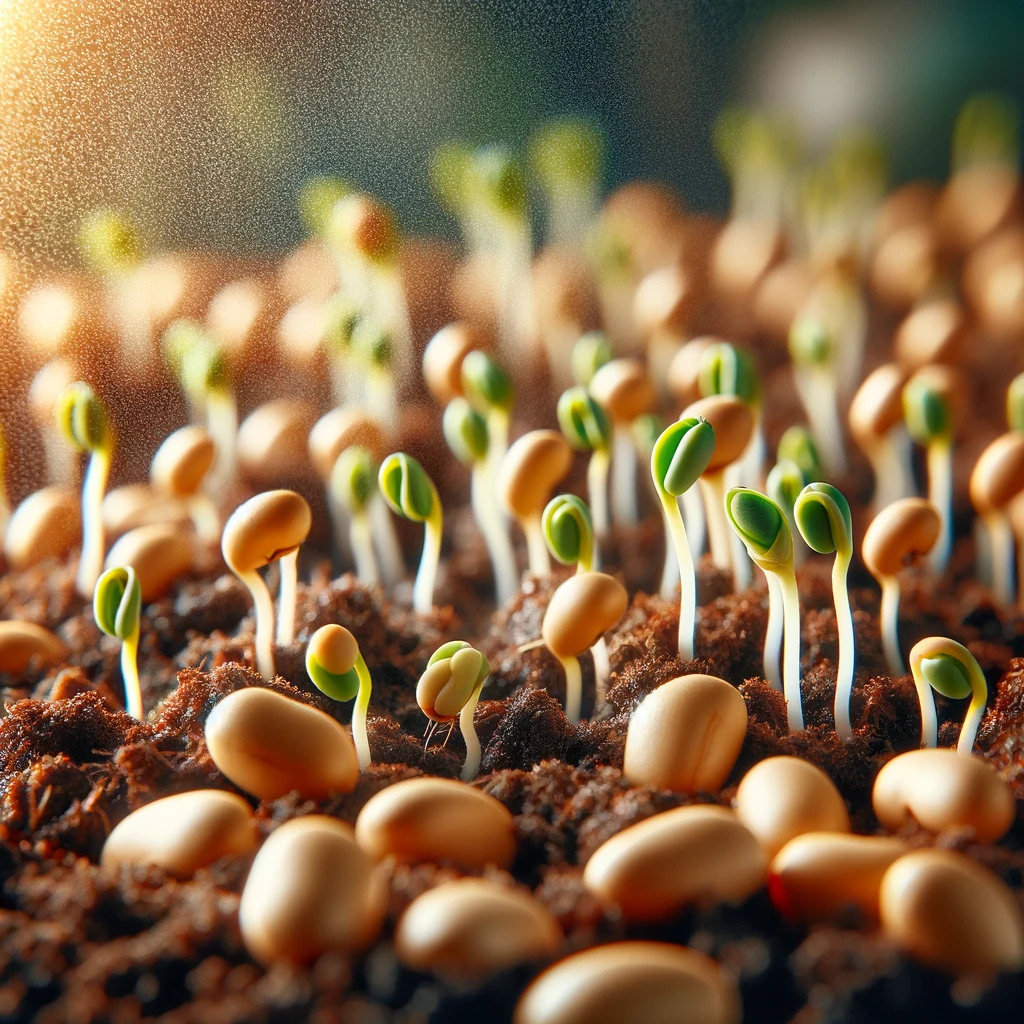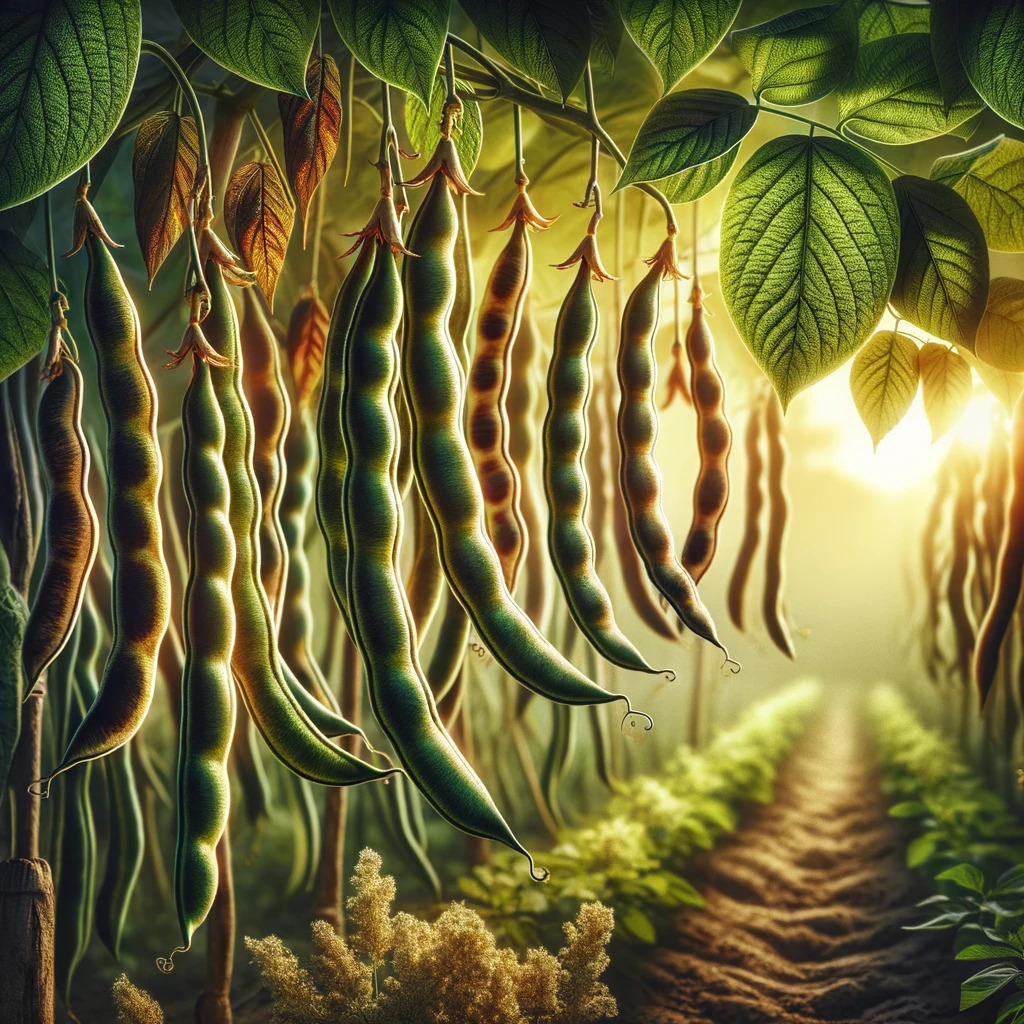Bean cultivation is fundamental in Latin American agriculture, not only for its nutritional value but also for its role in agricultural economy. Understanding the phenological stages of beans is crucial to optimize their cultivation and ensure a successful harvest. This article details each phenological stage of the bean, providing relevant technical information for farmers.

What are the Phenological Stages of Beans?
Stage 1: Germination and Emergence
- Germination: Begins with the absorption of water by the seed. It’s crucial to maintain adequate soil moisture to facilitate this process. Avoid water saturation to prevent seed rot.
- Emergence: Seedlings emerge from the soil approximately 8 to 10 days after sowing. During this stage, it is crucial to protect the seedlings from pests and diseases. Regular inspection and the application of fungicides may be necessary.

Stage 2: Vegetative Growth
- Leaf Development: The first true leaves develop after emergence. In this phase, ensuring balanced soil nutrition, especially in nitrogen, phosphorus, and potassium, is essential.
- Stem and Root Development: Adequate watering and soil management are key for healthy stem and root development. Avoid waterlogging to prevent root diseases.

Stage 3: Flowering and Fruiting
- Flowering: This stage marks the start of pod formation. Pollination is crucial; favorable weather conditions and the presence of pollinators are important. The application of micronutrients can improve flowering.
- Fruiting: After flowering, pods and grains develop. Monitoring for pests and diseases is vital. Adequate watering and balanced nutrients are essential for optimal fruit development.

Stage 4: Maturation and Harvest
- Maturation: The grains reach their full size and begin to dry. Reduce watering to allow the grains to mature properly.
- Harvest: Perform the harvest when the grains are dry. Timely harvesting prevents loss of quality and reduces the risk of diseases.

Conclusion
This article has presented the phenological stages of beans, offering Latin American farmers relevant technical information for each stage. Utilizing these practices can significantly improve the quality and yield of bean crops.
 AgronoBlog – Agriculture Blog
AgronoBlog – Agriculture Blog